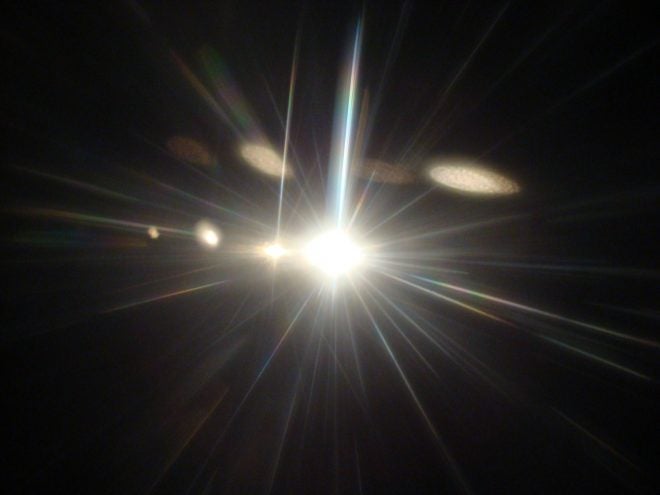This article is in response to two articles recently published on defining lumens and candela. Numerous erroneous statements were made due to improperly vetting sources and some misunderstanding of the information gathered. I am not an expert on light, however, the purpose of this article is to properly define candela and lumens for a better understanding when purchasing a flashlight for EDC and defensive use.
Lumens
According to the Illuminating Engineering Society of North America, a lumen is a Standard International (SI) unit of luminous flux. Radiometrically, it is determined by the radiant power. Photometrically, it is the luminous flux emitted within a unit solid angle (one steradian) by a point source having a uniform luminous intensity of one candela. This point source is a source of radiation whose dimensions are necessarily small that they can be overlooked in calculations and measurements.
As a general rule, you could say that the more lumens the brighter the light.
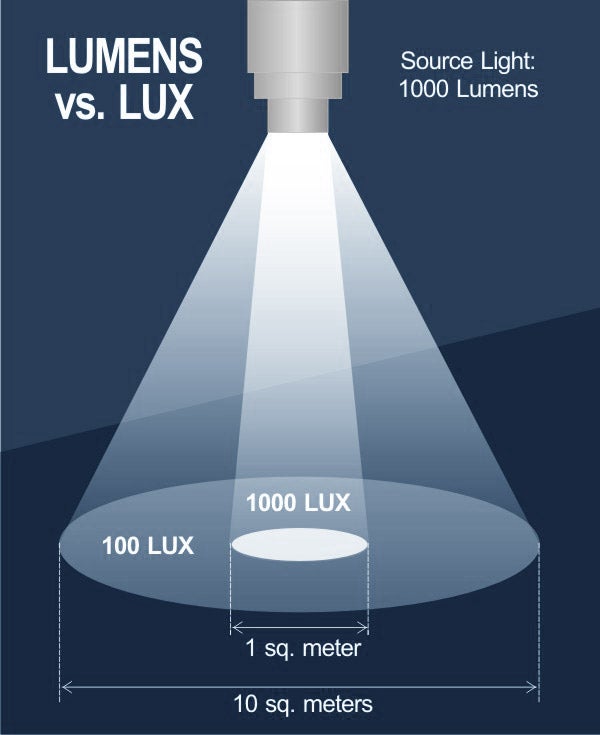
In this diagram we see the relationship between lumens and lux.
Picture credit: https://www.suprabeam.com/uk/light
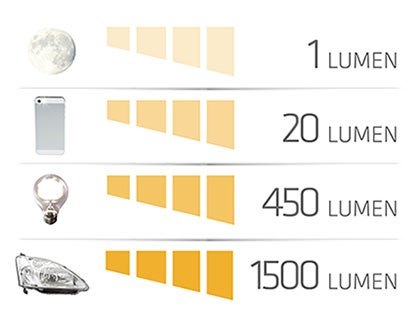
This picture shows the average lumen output from various sources.
Picture Credit: https://www.suprabeam.com/uk/light
Candela
According to the National Institute of Standards and Technology, The candela is the luminous intensity, in a given direction, of a source that emits monochromatic radiation of frequency 540 x 1012 hertz and that has a radiant intensity in that direction of 1/683 watt per steradian (a candle).
One candela is one lumen per steradian (lm/sr).

Much like a fire hose vs a pressure washer, you can have identical intensity with a different output when it comes to Candela.
Picture Credit: http://truck-lite.com.au/understanding-led-lighting/
What matters the most in terms of measuring light intensity is the number of lumens falling on a given surface, this is expressed as lux, one lux is one lumen per square meter. This relates the brightness to distance from the source.
The luminous intensity of a point source of light in a particular direction is the luminous flux per unit solid angle in the direction in question. This may be conveyed in candelas or in lumens per steradian.
According to Illuminating Engineering Society of North America, the word intensity is often used out of its context of luminous intensity. It is either formally or informally used in a variety of disciplines. Intensity has been used to label the level of illuminance on a surface or the flux density of a cross beam of light.
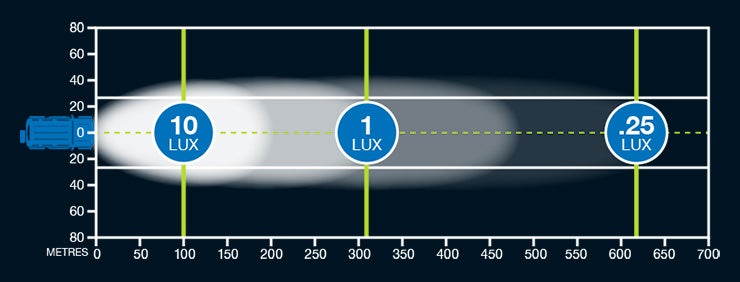
In this picture, we see the impact of lux on light intensity.
Picture Credit: https://www.hardkorrlighting.com/en-gb/product/xd-series-11-single-row-led-light-bar-xds310/
How They Impact Your Purchase
A light source, such as a flashlight, emits light in all directions and effectively sits at the center of a sphere of radiated light. In a flashlight compared to a light blub some of that light is reflected with aluminum and high-quality optics. This helps to create a desired beam pattern with minimal loss of light. The beam pattern of your flashlight is an important tool. With hot spots and spill over you can make use of the light in many ways. As a defensive light, the hot spot can be focused on your threats eyes thus reducing their visual acuity. The spill is helpful for providing better situational awareness by illuminating the surrounding area. The degree of hotspot or spill you want in your light will be situationally dependent.
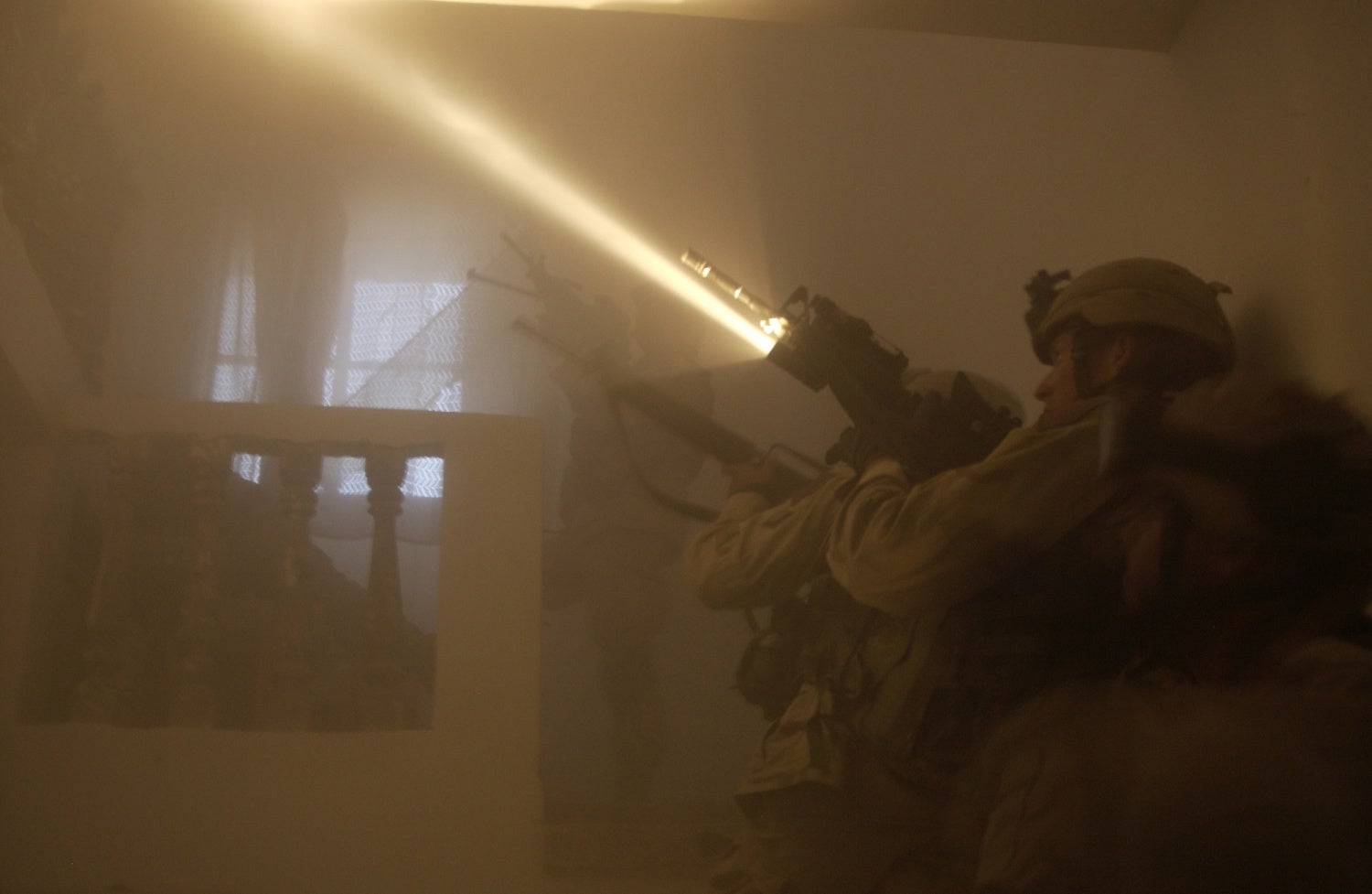
Here we see the wide spill along with the bright hotspot.
Picture Credit: https://commons.wikimedia.org/wiki/File:Defense.gov_News_Photo_041113-A-6017M-105.jpg
When it comes to handheld and weapon lights the amount of surface area you are shining the light at plays a large role in the visual intensity of the light. If you are close to your source, say only a few feet, the intensity is going to appear stronger than if you are further away, say 100 feet.
Another important aspect that will mitigate the amount of light shining is the reflection/absorption of the light off of particulate in the air. Pollen, bugs, smoke, gases, snow, rain, etc will all dissipate the amount of light ending on the designated target.
When light hits a source it is either absorbed or reflected. This affects the amount of illuminance that a person perceives a light to hold. When tested most lights are tested in a scientific nature within a controlled lab setting. They don’t always add the problems of the real world to testing these.
Lumens measure the total amount of light output while light intensity is measured in lumens per square meter or lux.
IMPORTANT THINGS TO REMEMBER
- Manufactures do their testing in a lab setting.
- Lumens measure the total amount of light output.
- Lux measures light intensity
- Lumen does not equal perceived light quality.
- More lumens isn’t always better, beam pattern and optics are important factors
- Use Lumen v Lumen and Candela v Candela never Lumen v Candela
- Use a reputable brand with reliable products
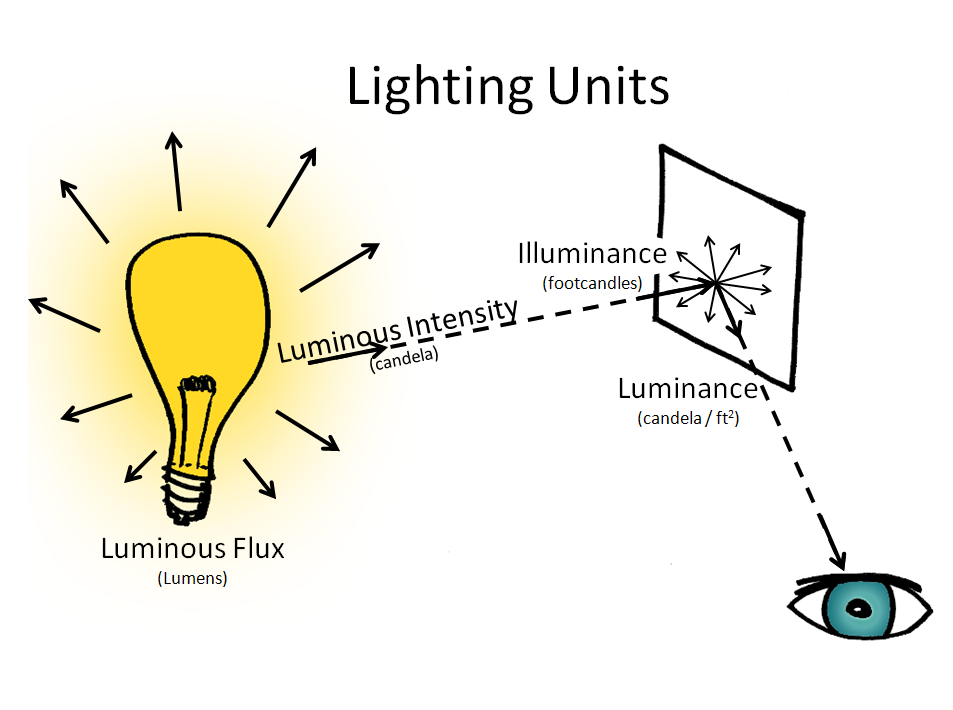
This diagram shows candela as the luminous intensity and the relationship between lumens, luminous flux and candela. Picture Credit: https://en.wikipedia.org/wiki/File:Lighting_units.png
Editor’s Note: Unfortunately mistakes happen. This redux on candela and lumens is an attempt to fix some errors in a previously posted series of articles. While some of us are considered “reasonably knowledgeable individuals” in certain topics, we don’t have an expert in every field. Still, the previous articles should have been peer-reviewed prior to publication. This is my responsibility and I take 100% of the blame in this instance. Thanks – Pete.
 Your Privacy Choices
Your Privacy Choices
